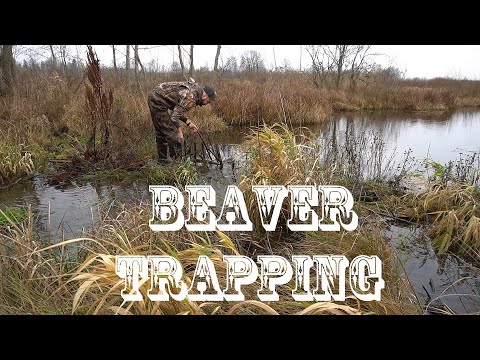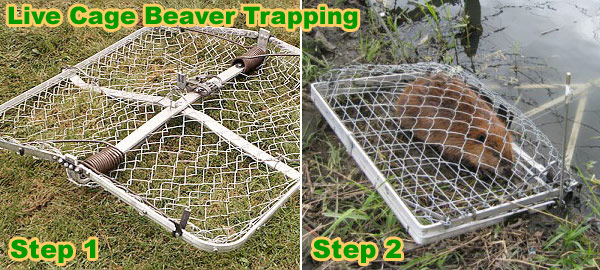
Beaver Trapping Basics: A Comprehensive Guide
Beavers, once on the brink of extinction, have rebounded thanks to conservation efforts. Now, trapping beavers can be a thrilling and worthwhile endeavor. Whether you’re a beginner or need to manage beavers on your property, this guide covers everything you need to know about trapping beavers, including:
- The importance of beaver management in ecosystems
- Identifying beaver sign
- Choosing the right trapping gear
- Effective trapping techniques
- Utilizing harvested beavers
Understanding Beaver Management
Beavers play a vital role in our ecosystem. They create wetland habitats that benefit various species, promote woody browse regeneration, and lower water levels downstream of their dams. However, unmanaged beaver populations can cause extensive damage. Trapping is the most efficient method to control and manage beaver populations and prevent damage.
Trapping on Land vs. Trapping In the Water
Beaver trapping can be done both on land and in the water. While water trapping is effective, it requires additional gear and expertise. Learning both methods provides a well-rounded approach to beaver trapping.
Finding Beaver Sign
Before setting traps, it’s crucial to identify areas where beavers are active. Look for fresh chewings of wood chips, downed trees, beaver lodges, and dams. Ensure that dams have fresh sign around them and that lodges are active.
Beaver Trapping Gear
When preparing to trap beavers, you’ll need to invest in proper gear. Chest waders, insulated gauntlets, and specific trap types like body grip traps or foothold traps are essential. Additionally, tools like an ice chisel or ax, PVC rod, and a sled or pack basket can come in handy during trapping expeditions.

Making Sets for Beaver Trapping
There are various effective sets for trapping beavers, including the castor mound set and dam break set. Understanding local regulations is imperative to ensure compliance when modifying beaver dams.
Trapping in Open Water
When trapping in open water, tools like boats and long PVC poles are helpful. Beavers tend to live in stagnant water with a soft bottom, so feeling for runs and dens underwater will guide trap placement. During winter trapping, be cautious of thin ice and follow safety protocols.
Trapping Otters
Trappers may inadvertently catch otters while beaver trapping. It’s important to be aware of state regulations regarding otter trapping and consulting with local game wardens for proper procedures.
What to Do with Beaver Fur
After trapping a beaver, it’s essential to utilize all parts of the animal. Beaver fur can be sold at auctions or tanned to create various products like hats, gloves, vests, and blankets. Castor, used in lures, and beaver meat are additional resources that can be beneficially harvested.
Final Thoughts on Beaver Trapping
Trapping beavers can be challenging but rewarding. Embrace the hard work and enjoy the thrill of trapping these remarkable creatures.

A skilled hunter, dedicated conservationist, and advocate for ethical practices. Respected in the hunting community, he balances human activity with environmental preservation.
